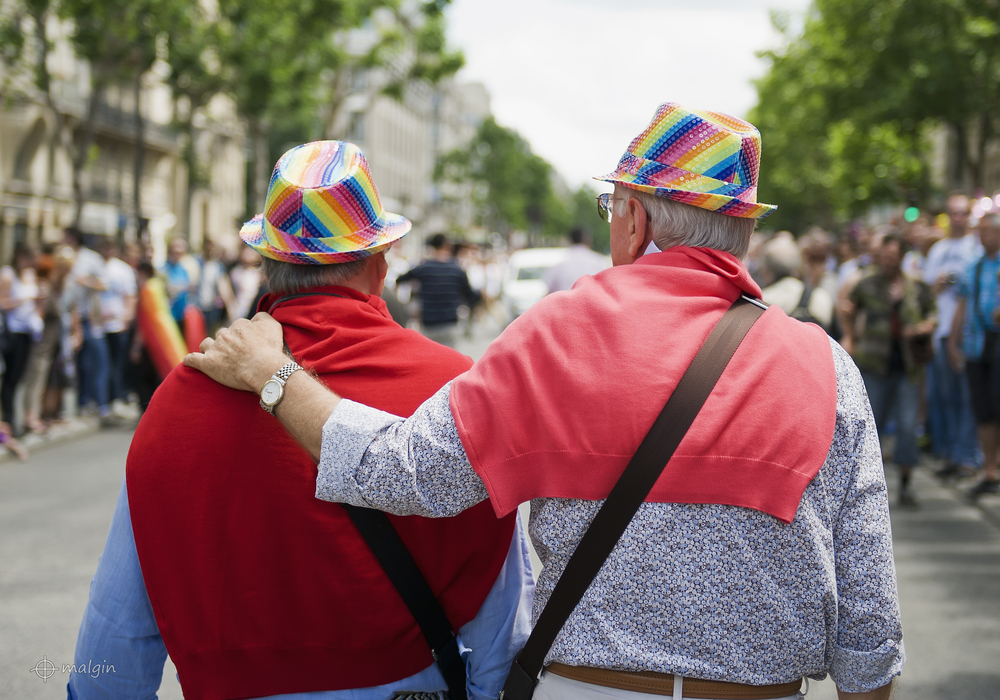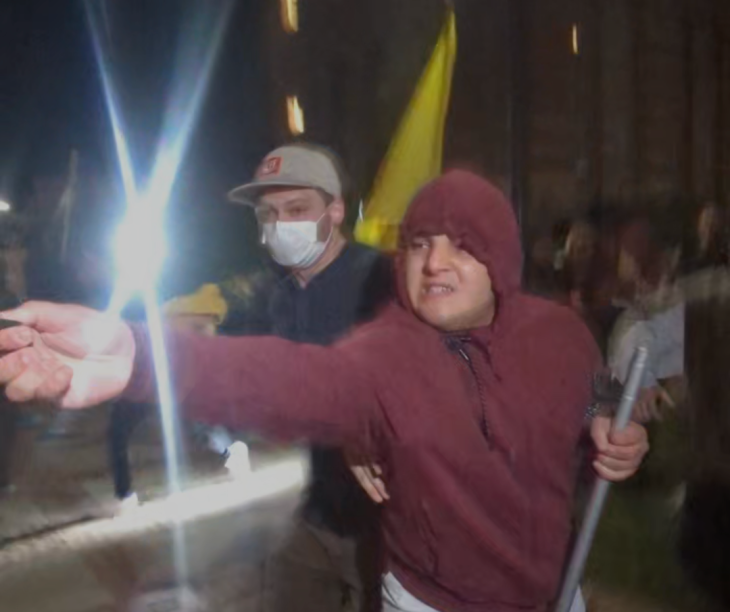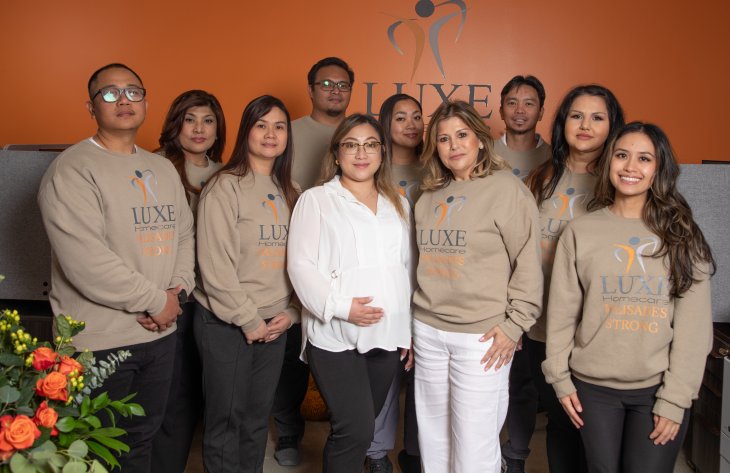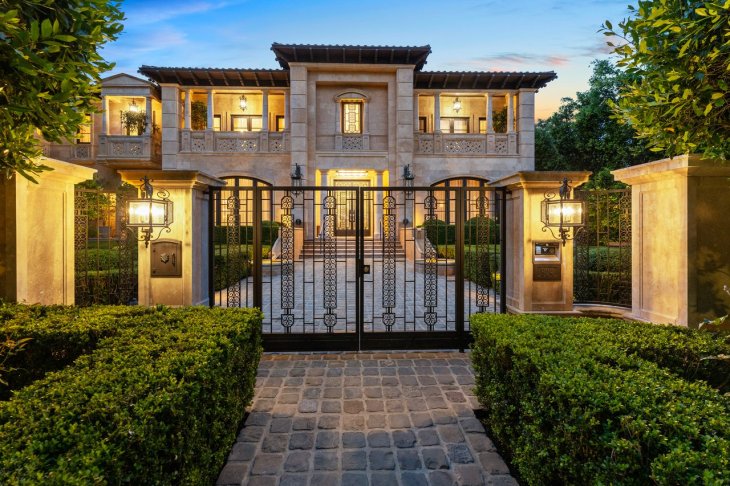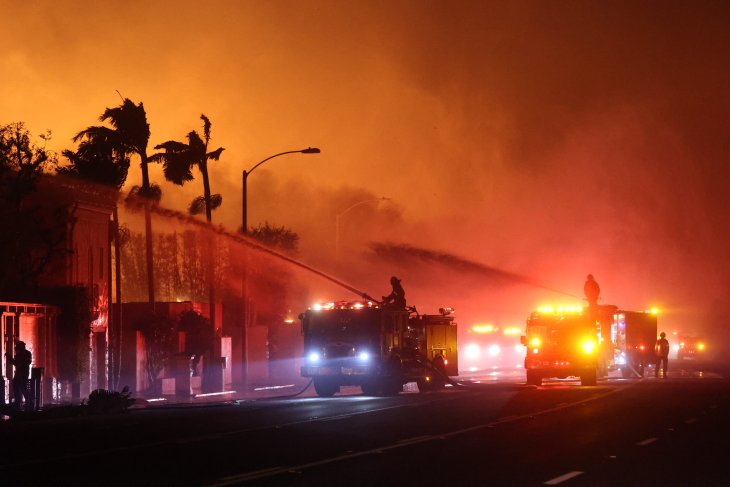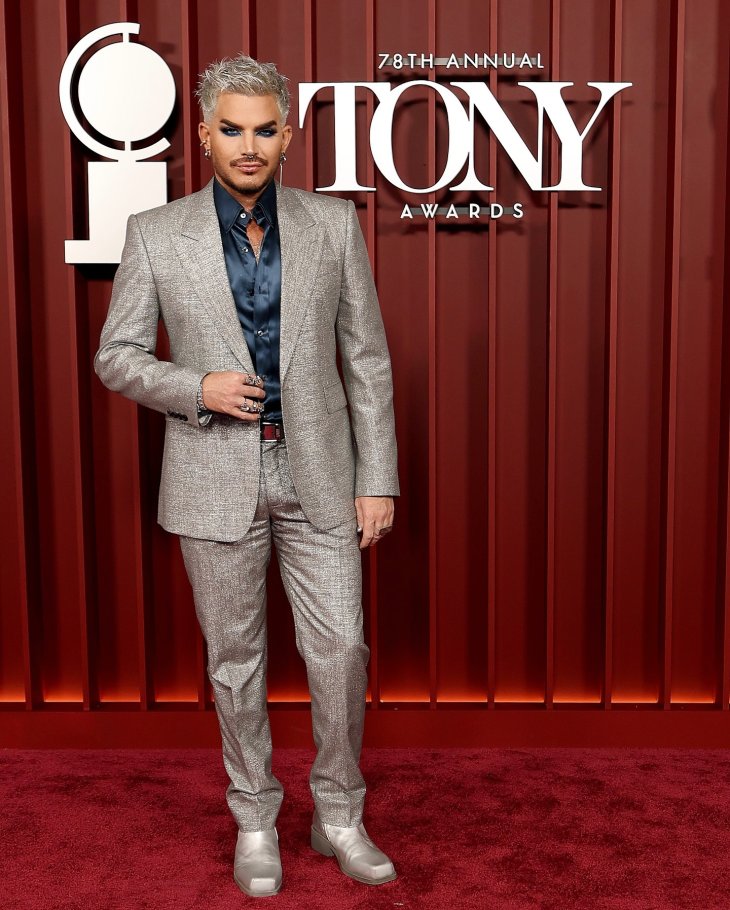
BY JEFF TAYLOR | During the height of the HIV/AIDS epidemic the idea that you could become infected and still live a long life seemed out of the question. But as treatment options improved, with antiretroviral drugs keeping HIV-positive individuals alive to see retirement age, that all changed. While this is certainly something to be celebrated, increased challenges arise for HIV-positive individuals entering their golden years.
National HIV/AIDS and Aging Awareness Day is held every year on Sept. 18, offering an annual reminder of the challenges faced by a generation that was on the frontlines of the early, most harrowing and confusing days of the battle against the illness. In the middle of so much progress, it is clear that much work still needs to be done for this vulnerable demographic.
According to estimates from the Centers for Disease Control and Prevention (CDC), over half of all people living with the disease are 50 and older. The CDC also reports that in 2014, people aged 50 and over accounted for 17% (7,391) of an estimated 44,073 HIV diagnoses in the United States. The largest group was those aged 50 to 54, and African Americans accounted for an estimated 43% of all diagnoses among people aged 50 and over, representing the largest racial demographic, followed by whites and then Hispanics/Latinos.
The fastest growing proportion of HIV-infected individuals is the over-40 age group, according to the National Cancer Institute.
Older Americans have the same HIV risk factors as their younger counterparts, but may be less aware of them. Comprehensive sexual education in schools was less common in decades past, and many still falsely assume that older people are not sexually active and therefore do not need access to the information at this stage in their lives.
Aging Americans are also more likely to be diagnosed later in the course of their disease. 40% of people aged 55 and older were diagnosed with AIDS at the time of their HIV diagnosis.
Meanwhile, the general population of the United States continues to grow older. The Administration for Communal Living (ACL), part of the United States Department of Health and Human Resources, reports that individuals aged 65 and older numbered 46.2 million in 2014, the last year for which such data is available. That is around one in every seven Americans, or 14.5% of the total United States population. By 2060, they estimate there will be twice as many U.S. citizens in that age group.
 According to a city report, about a quarter of West Hollywood’s population is 55 years old or older and approximately 15 percent are 65 or older. Meanwhile, the population above 80 years old is growing the fastest.
According to a city report, about a quarter of West Hollywood’s population is 55 years old or older and approximately 15 percent are 65 or older. Meanwhile, the population above 80 years old is growing the fastest.
While a study published earlier this month by the CDC shows that antiretroviral drugs have helped to increase the life expectancy of the average HIV-positive 20-year-old 178 percent over 1996, from 39 years of age to 73 years of age, this does not come without a cost.
HIV-infected individuals, especially those who are among the aging population, run a higher risk of developing cancer, heart disease, liver disease, diabetes and neurological disorders like dementia. Depression is another concern. Many older adults experience feelings of isolation and loneliness due to increased health problems that often accompany the aging process, as well as experiencing the loss of friends and family over time.
Even when HIV/AIDS patients receive proper treatment health problems can occur, since the immune system can still be compromised and due to the fact that HIV can develop resistance to the drugs over time. They might also interact poorly with medications the patient may be taking for other conditions.
If neurological disorders begin to present themselves, they can make sticking to a treatment plan less likely, especially in the absence of a reliable caregiver.

Poverty, an issue in both the aging and the LGBTQ communities, also makes proper treatment difficult as the cost of doctors’ visits and medication can add up over time and become prohibitive. Those on a fixed income will find it harder to meet these goals, necessary to maintain one’s health.
All of this only goes to highlight how urgent it is that we come to a better understanding of what it means to care for an older HIV-positive population than most people ever imagined possible.
The National Center for Innovation in HIV Care released a brief in May called “Strategies to Improve the Health of Older Adults Living With HIV,” in an attempt to help in that effort. They outline some key takeaways to help make a dent in this sizable challenge.
Their five main recommended steps are: “Training staff to provider affirming and culturally competent care for older adults living with HIV; screening for comorbidities, including mental health issues; addressing substance use, including tobacco use; promoting sexual health and HIV/STI prevention with older adults; and strengthening social support networks.”
In August, the Williams Institute, a think tank at the UCLA School of Law, released a report titled “LGBT Aging: A Review of Research Findings, Needs, and Policy Implications,” noted that many LGBT older adults are sometimes apprehensive about how they will be treated by healthcare providers and in senior care facilities. They also reported that they have a higher prevalence of mental health problems, disability, and disease and physical limitations than older heterosexual people, and that transgender older adults are at a higher risk of all of those things than their older cisgender counterparts.
They recommended that LGBT older adults be recognized by the Older Americans Act (OAA) as a “greatest social need” group, as well as expanding non-discrimination protections and offering effective cultural sensitivity training for service providers and caregivers.
Meanwhile we continue to fight for a cure, which will benefit those of all ages, but most especially those who are already well along in years. It is for them, after all, that the need is clearly most dire.

